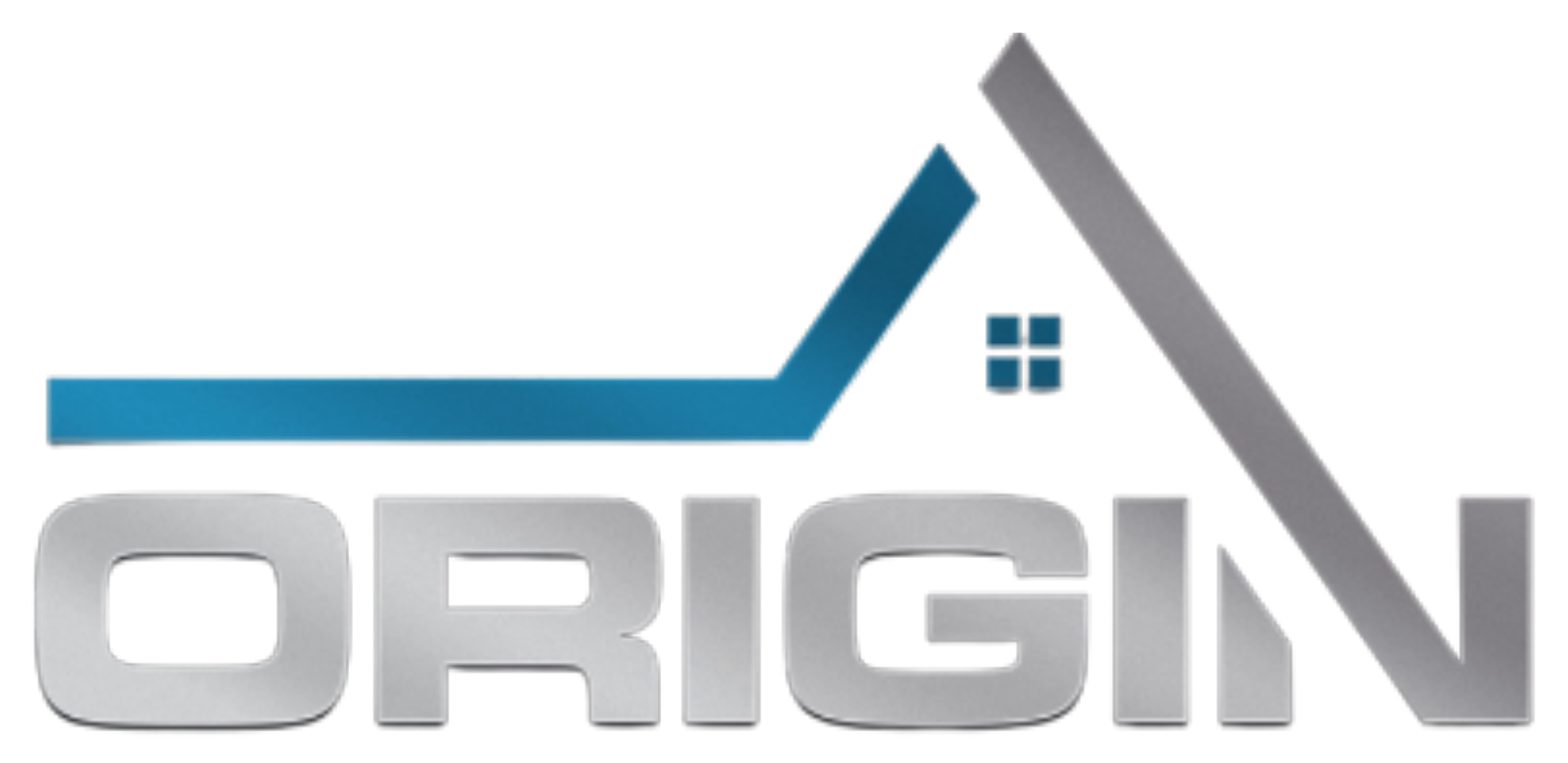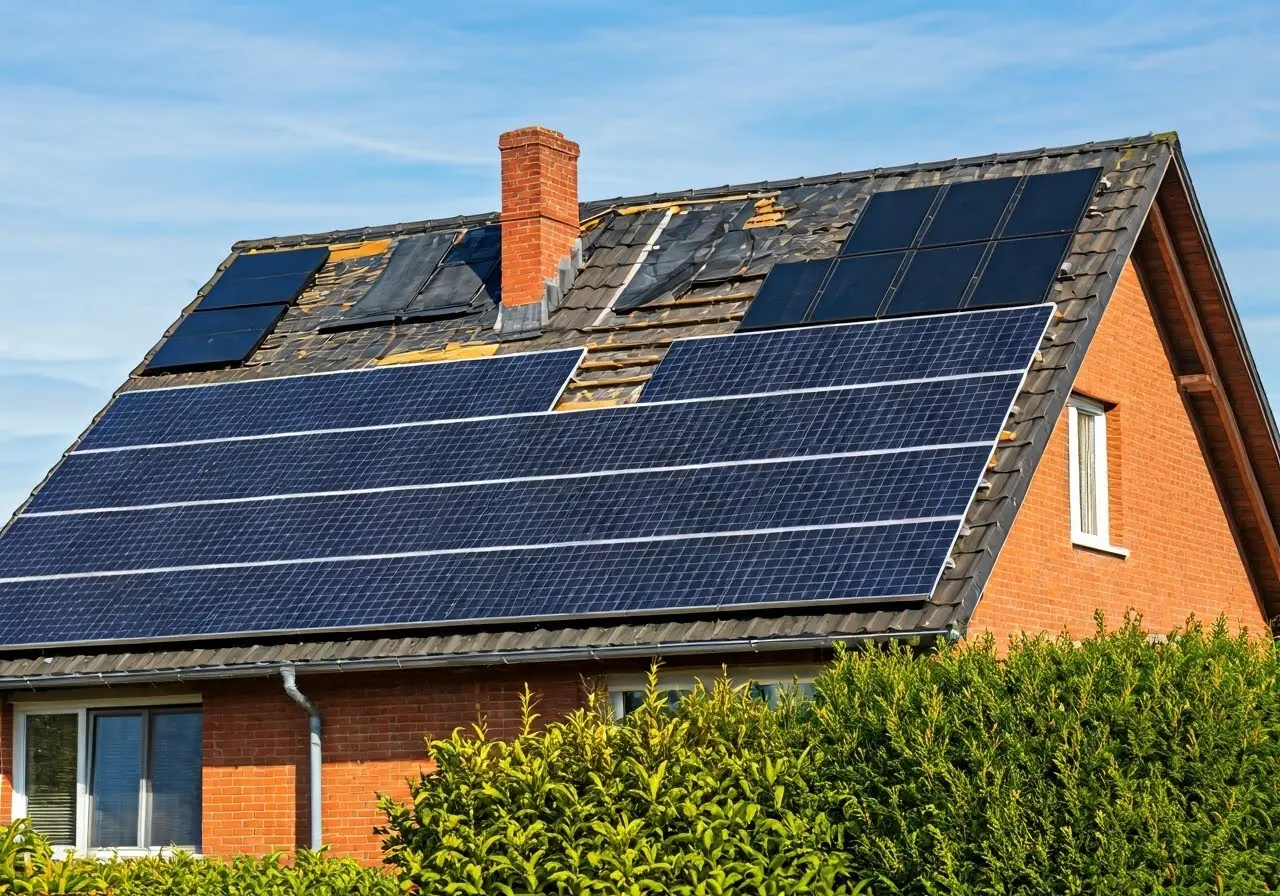When it comes to maintaining a comfortable and cost-efficient home, energy efficiency is key. While many homeowners focus on insulation and window upgrades, the state of your roof plays a crucial role too. Understanding how roof repair can boost your home’s energy efficiency might just be the key to saving on your energy bills.
The Role of Your Roof in Energy Efficiency
Your roof is more than just a protective cover over your home. It acts as a critical barrier that helps regulate indoor temperatures. A well-maintained roof prevents unwanted heat exchange, keeping your home warm in the winter and cool in the summer, ultimately reducing your reliance on heating and cooling systems. Imagine on a hot summer day, a properly insulated roof helps to reflect heat rather than absorbing it, thus decreasing the burden on your air conditioning systems. The same principle applies during winter, where a well-sealed roof traps heat inside, allowing you to save on hefty heating bills. These principles highlight why regular roof maintenance is not just a minor task but a major aspect of energy conservation.
The materials and design of your roof greatly influence its energy efficiency. For instance, metal roofs are renowned for their reflectivity, making them an excellent choice for those seeking to reflect solar radiation away from their home, thereby reducing cooling costs significantly Roof’s Role in Energy Efficiency. Moreover, innovations such as solar roof tiles are gaining traction among eco-conscious homeowners. By incorporating solar panels directly into the roofing material, these advanced systems not only enhance energy efficiency but also allow homesteads to generate their own renewable energy.
Identifying Signs of Heat Loss Through the Roof
Ever noticed your energy bills creeping up? It might be due to heat escaping through a compromised roof. Look out for signs such as drafts, uneven room temperatures, or ice dams in winter. These could indicate that your roof needs attention to improve its insulating qualities. An overlooked yet telltale sign is the formation of icicles along the eaves of your home during winter — a clear indicator of poor insulation causing heat to escape and melt snow on the roof Energy Efficiency Through Roof Repair. Likewise, if you encounter cold spots or high humidity levels inside, these might be traced back to faulty roof insulation or ventilation issues.
Types of Roof Repairs That Boost Efficiency
From fixing missing shingles to sealing cracks, various repairs can enhance your roof’s energy efficiency. Reflective coatings and improved insulation materials are just a couple of solutions that can help reduce energy consumption and create a more efficient home environment. Installing reflective roofing materials, also known as ‘cool roofs’, can decrease your home’s heat absorption, keeping it cooler during hot seasons Make Roof Repair Energy Efficient. This can lead to air conditioning usage reductions of up to 10-15%, all while maintaining a comfortable indoor climate.
In addition to reflective coatings, ensuring that your attic is properly ventilated and insulated is key. Poor attic ventilation can lead to moisture buildup, which not only compromises your roof’s integrity but also diminishes your home’s energy efficiency over time Attic Ventilation’s Role. Professional roof repair services can identify problematic areas and deploy solutions such as ridge vents and insulation foam to maintain an optimal balance of temperature and moisture. A proactive approach to roof maintenance also extends the lifespan of your roofing system, preventing costly repairs and preserving energy efficiency in the long run.
The Financial Benefits of Timely Roof Repairs
While repairs seem like an upfront cost, they can lead to significant savings over time. By reducing energy wastage, you’re lowering monthly utility bills. Moreover, maintaining your roof helps to prevent major issues that could be costly to fix down the road. An energy-efficient roof minimizes thermal fluctuations, allowing your heating and cooling systems to operate efficiently without overexertion. This translates to direct savings not just in utility bills but also in the extended lifecycle of HVAC equipment Roof Repair for Energy Savings. By addressing minor repairs promptly, homeowners can avoid larger, more expensive issues such as roof leaks or structural damage that require comprehensive overhauls.
Additionally, there are often government incentives available for making energy-efficient upgrades to your home. These can offset some of the costs associated with extensive roof repairs or replacements. Consulting with a professional on current rebates and grants could make investing in an energy-efficient roof even more financially viable Explore Energy-Saving Incentives. Furthermore, an efficient roof also contributes to an increase in property value, making the home more attractive to potential buyers, should you decide to sell.
Choosing the Right Materials for an Energy-Efficient Roof
Selecting appropriate roofing materials is essential for maximizing energy efficiency. Options such as metal roofing and cool roofs are designed to reflect more sunlight and absorb less heat, contributing to a cooler, more comfortable home environment Energy-Efficient Roofing Options. Metal roofs, in addition to their reflectivity, offer longevity and durability, which means less frequent replacements and lower lifecycle costs. For those in warmer regions, lighter-colored roofing materials are recommended due to their lower heat absorption. On the other hand, reflective coatings made from elastomeric and other advanced materials are gaining popularity for their ability to significantly reduce surface temperature.
Beyond reflective and metal roofs, innovative options like green roofs and solar-integrated roofs are also making waves Role of Roofing Materials. Green roofs provide additional insulation and are particularly famed for their environmental benefits, such as stormwater management and habitat creation. Meanwhile, solar roofs transform the energy aspect of a home, allowing homeowners to harvest solar power directly from their roof surface thus reducing traditional energy consumption even further. When considering these installations, it’s also crucial to account for the local climate to maximize these materials’ efficacy.
Roof Repair: An Investment in Efficiency and Sustainability
Maintaining your roof not only enhances the aesthetic appeal of your home but also plays a significant role in energy efficiency. By keeping your roof in top condition, you’re investing not only in your home’s longevity but also in a more sustainable and cost-effective future.


